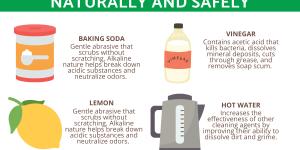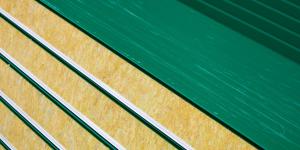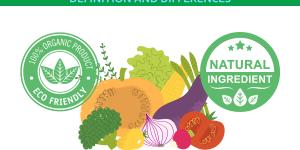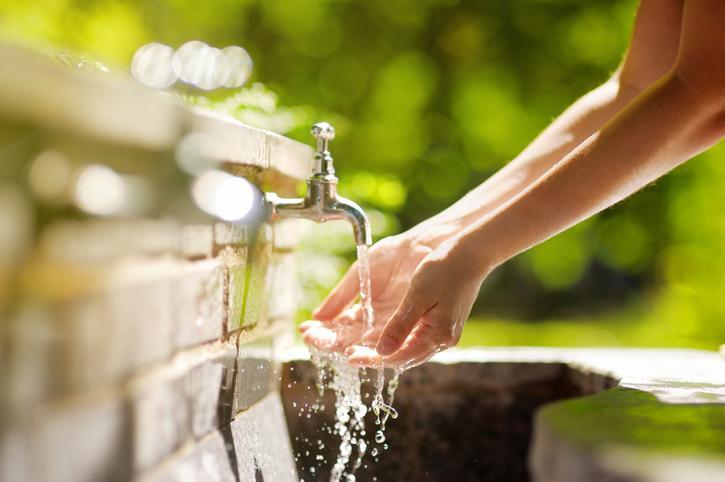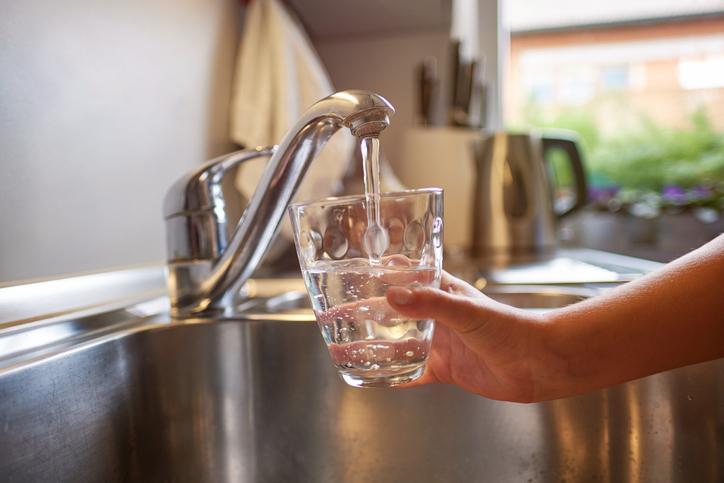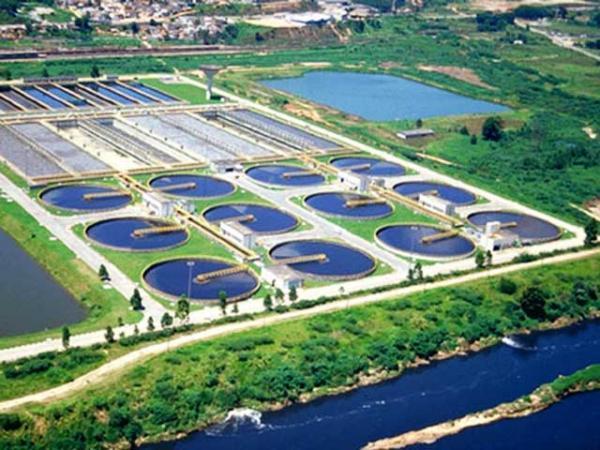How Does Fresh Water Become Potable?

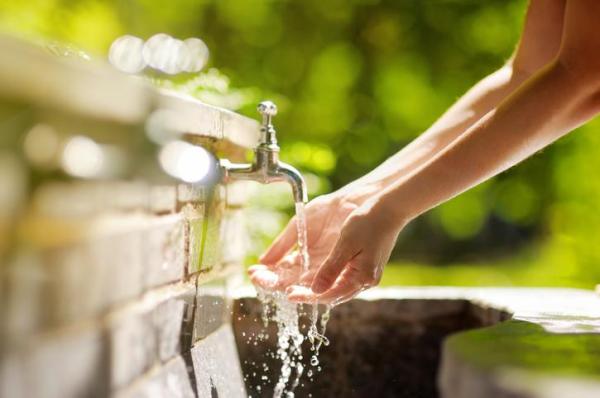
Far from a mere convenience, clean water is the cornerstone of our existence and well-being. It makes up a staggering 60% of our bodies, playing a vital role in everything from temperature regulation and nutrient transport to lubrication and digestion. Clean water is also essential for hygiene, preventing the spread of disease. Unfortunately, contaminated water poses a significant threat. When polluted with harmful bacteria, viruses, or chemicals, it can lead to a range of health problems.
In the following article by thedailyECO we will discuss what drinking water is, how it's produced, and why it's crucial for us.
What is considered clean water?
Clean water is a broad definition that encompasses water that's not necessarily suitable for drinking but won't cause harm through other forms of contact. This "clean" water can be used for washing, hygiene, and even irrigation. While it might not be ideal for consumption, it should be free of contaminants that could cause skin irritation or spread disease. Similarly, irrigation water might not be perfect for drinking, but it shouldn't contain excessive salts or chemicals that harm plants or pollute the soil.
What is the difference between clean water and potable water?
Portable or drinking water is water that meets specific standards set by regulatory bodies to ensure it's safe for human consumption. It's free of harmful microbes (bacteria, viruses, parasites) through disinfection (chlorine, UV light). Chemical levels (metals, nitrates, disinfectants) are strictly controlled. While not directly affecting health, clear, pleasant-tasting water is also desirable. Potable water is suitable for drinking, cooking, and other activities where water comes into contact with our bodies.
Did you know? About 71% of Earth's surface is water! Learn more fascinating facts in this article.
What are the 5 steps of water purification?
Water purification removes impurities from water to make it safe for drinking. This process is essential when relying on potentially contaminated water sources.
Turning potentially risky water into safe drinking water is a multi-step process handled by water treatment plants. Let's explore the common methods:
- Pretreatment: chemicals cause tiny particles to clump together (flocs) which then settle out in large tanks.
- Filtration: water passes through sand and gravel filters, trapping remaining particles. Specialized membranes can further remove impurities and microbes.
- Disinfection: this crucial step eliminates harmful bacteria, viruses, and parasites. Common methods include chlorination (adding chlorine) and ultraviolet (UV) light, which uses light to kill microorganisms without chemicals.
- Additional treatment (optional): depending on the water source and regulations, additional steps may be taken. This could involve adjusting water acidity for better treatment and taste, or adding fluoride for dental health.
- Monitoring and testing: throughout the process, water samples are regularly tested to ensure they meet all safety standards for potable water.
Not all water needs to be potable for humans, as different aquatic environments serve their biodiversity in various ways. Learn more about how water affects ecosystems by finding out what is brackish water?

Water purification methods
Now that we've covered water purification basics, let's look at some common methods:
Filtration
Filtration is a physical process that separates impurities from water using a barrier. There are different filtration systems, but the basic principle remains the same. Water passes through a filter media, which can be sand, gravel, ceramic, or even a specialized membrane. The filter media traps larger particles and, depending on the type, can also remove smaller contaminants like bacteria and parasites.
Chemical treatment
Chemical treatment is another method for water purification. It primarily targets the disinfection of water, eliminating harmful microorganisms. This is the most common method of disinfecting water supplies.
Chlorine is a powerful disinfectant that effectively kills bacteria and viruses. It's a safe and cost-effective way to ensure safe drinking water for large populations. While chlorine is the dominant method, alternative chemical treatments exist for specific situations. For instance, iodine tablets can be used for emergency water purification, especially when traveling or camping. However, these methods may not be as effective as chlorination and can alter the taste of water.
Boiling
Boiling is a simple and effective method for water purification, particularly in situations where other methods are unavailable. Boiling water for at least one minute at a rolling boil effectively kills most bacteria and viruses. This makes it a reliable method for purifying water at home or during emergencies.
It's important to note that boiling doesn't remove all contaminants, like chemicals or some parasites. Additionally, boiled water can have a flat taste. To improve taste, consider using a container with a lid to minimize evaporation during boiling.
Distillation
Distillation is a process that removes virtually all impurities from water. Water is heated until it boils, converting it into vapor. This vapor is then collected and condensed back into liquid form. During this process, contaminants are left behind in the boiling chamber, resulting in purified water.
Distillation is a reliable method for removing a wide range of impurities, including bacteria, viruses, chemicals, and minerals. This makes it valuable in situations with limited clean water sources, such as wilderness survival. However, distillation is an energy-intensive process and removes all minerals from the water, which can make it unpalatable for some.
Curious about World Water Day? Find out when it is and why it matters in this article.
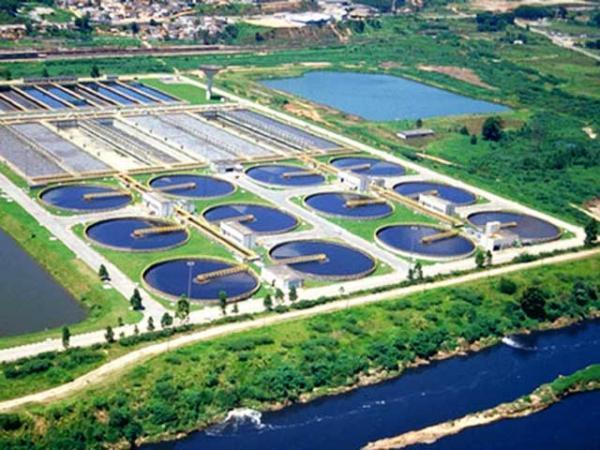
If you want to read similar articles to How Does Fresh Water Become Potable?, we recommend you visit our Ecology (other) category.
- Romero, M. (2002) Treatments used in water purification. Guatemala: Faculty of Engineering, Rafael Landívar University . Electronic bulletin nº8, pp:
- Morató, J., Subirana, A., Gris, A., Carneiro, A. & Pastor, R. (2006) Sustainable technologies for the purification and treatment of wastewater. Colombia: Lasallian Research Magazine, Volume 3 (1), pp:19-29.
- Ramírez, H. & Jaramillo, J. (2015) Natural agents as an alternative to water treatment. Cooperative University of Colombia: Faculty of Basic Sciences Magazine , Volume 11 (2), pp:

